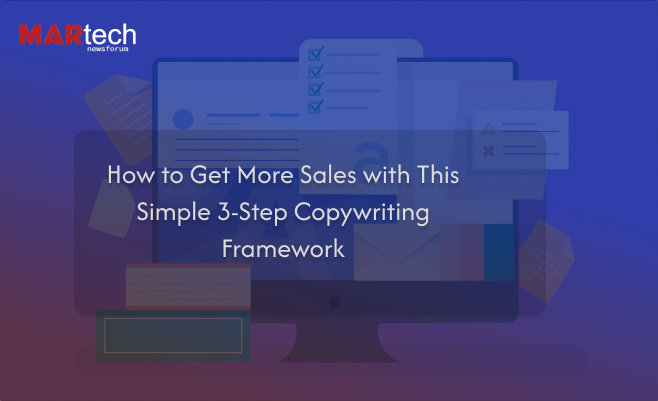
In today’s competitive digital marketplace, grabbing attention isn’t enough—you need to convert that attention into action. Whether you’re writing emails, landing pages, ad copy, or product descriptions, great copywriting is the engine that drives sales. But you don’t need to be a seasoned writer to make your words work harder.
Enter the simple 3-step copywriting framework that has helped marketers, founders, and entrepreneurs boost conversions across every industry.
This isn’t just another formula. It’s a strategy rooted in consumer psychology, built to speak directly to your audience’s needs, and proven to drive results.
Step 1: Hook Their Attention (The Problem)
Your first job is to stop the scroll.
People are bombarded with marketing messages all day long—so your copy needs to immediately connect with a real problem, pain point, or desire that your audience already has. If you don’t speak to what matters to them, they’ll ignore you.
This means leading with empathy, not features. Start your copy by tapping into an emotion or outcome your ideal customer deeply cares about.
Examples:
- “Tired of spending hours writing content that no one reads?”
- “Still struggling to hit your monthly sales goals?”
- “What if your email list actually bought from you?”
These are attention hooks because they speak directly to the reader’s lived experience. They make the reader feel seen—and pull them in to learn more.
Pro Tip: Use customer interviews, reviews, or testimonials to identify the exact language your market uses when describing their problems. Then use that same language in your hooks.
Step 2: Build Belief (The Solution & Benefits)
Once you have their attention, the next step is to build belief in your solution. This part of the framework is where you bridge the gap between their problem and your offer.
Here, you introduce your product, service, or idea—but not as a generic solution. You present it as the key that unlocks their desired future.
Focus on benefits, not just features.
Think like this:
- Feature: “Our software has automated email triggers.”
- Benefit: “Never forget to follow up again—close more deals while you sleep.”
- Feature: “This workout program includes 30-minute sessions.”
- Benefit: “Get in shape without sacrificing your schedule.”
This section should do 3 things:
- Explain how it works (briefly and clearly).
- Show why it’s different or better than alternatives.
- Paint a picture of success with emotional, benefit-driven language.
Don’t just say what it is—say what it does for them, and why it matters.
Step 3: Prompt Action (The Call-to-Action)
Even great copy can fail without a strong close. Your final step is to clearly and confidently ask for the sale, signup, or next step.
This is your Call-to-Action (CTA)—and it needs to be:
- Direct: Tell them exactly what to do.
- Low friction: Remove unnecessary barriers.
- Outcome-focused: Remind them of the benefit they’ll get by acting now.
Weak CTA:
“Click here to learn more.”
Strong CTA:
“Start your free trial today and get your first 5 clients this week.”
Pro Tip: Reinforce urgency or scarcity where appropriate (e.g., limited spots, time-sensitive offer), but always be authentic.
Also, don’t overload your audience with options. One page, one goal, one CTA.
Why This Framework Works
This 3-step framework—Problem → Solution → Action—mirrors how people naturally make buying decisions. First, they recognize a need. Then, they look for ways to solve it. Finally, they decide whether to act.
When your copy follows this same psychological flow, your message feels relevant, trustworthy, and persuasive.
It helps your audience move from confusion to clarity, from resistance to readiness.
Bonus: Apply This Framework Everywhere
This isn’t just for long-form sales pages. You can use this 3-step copywriting formula in:
- Email subject lines: “Still struggling to hit your revenue target?”
- Facebook ads: Show a relatable pain point, introduce your offer, and end with a strong CTA.
- Product descriptions: Highlight the problem your product solves, show how it works, and encourage purchase.
Once you internalize this framework, your copy will be clearer, tighter, and more effective—without sounding pushy or salesy.
Final Thought
The difference between average and high-converting copy isn’t talent—it’s structure. With this 3-step copywriting framework, you can stop guessing what to write and start creating messages that resonate, persuade, and convert.
Because in the end, it’s not about sounding clever. It’s about showing people you understand them—and helping them take the next step with confidence.